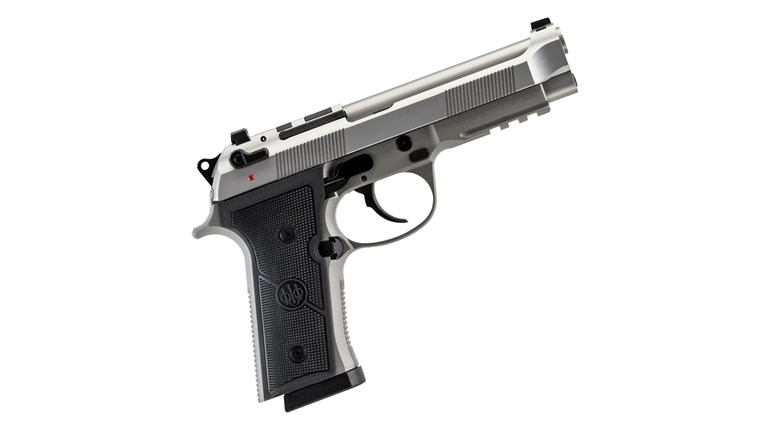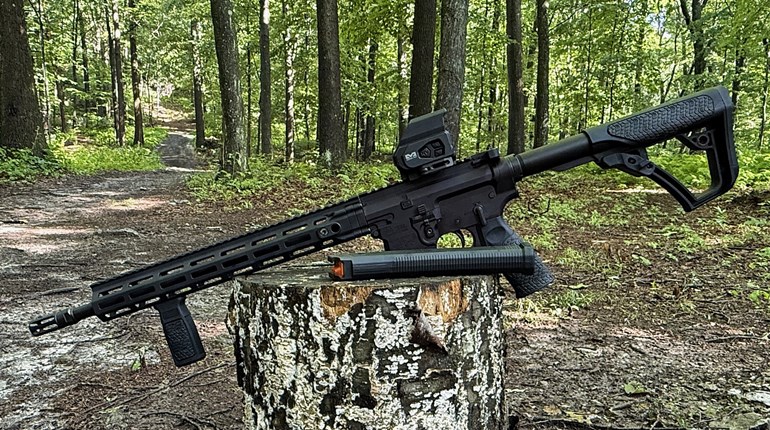
Of all the action shooting sports, Steel Challenge is the most gun friendly. There are 13 different divisions and nine of them encompass the common firearms used in USPSA, IDPA and ICORE, as well as the holsters and magazines needed. Shooters in those games will already have a legal gun. There are also four gun divisions that don’t exist in those games. Here’s a look at how easy it is to gear up for steel.
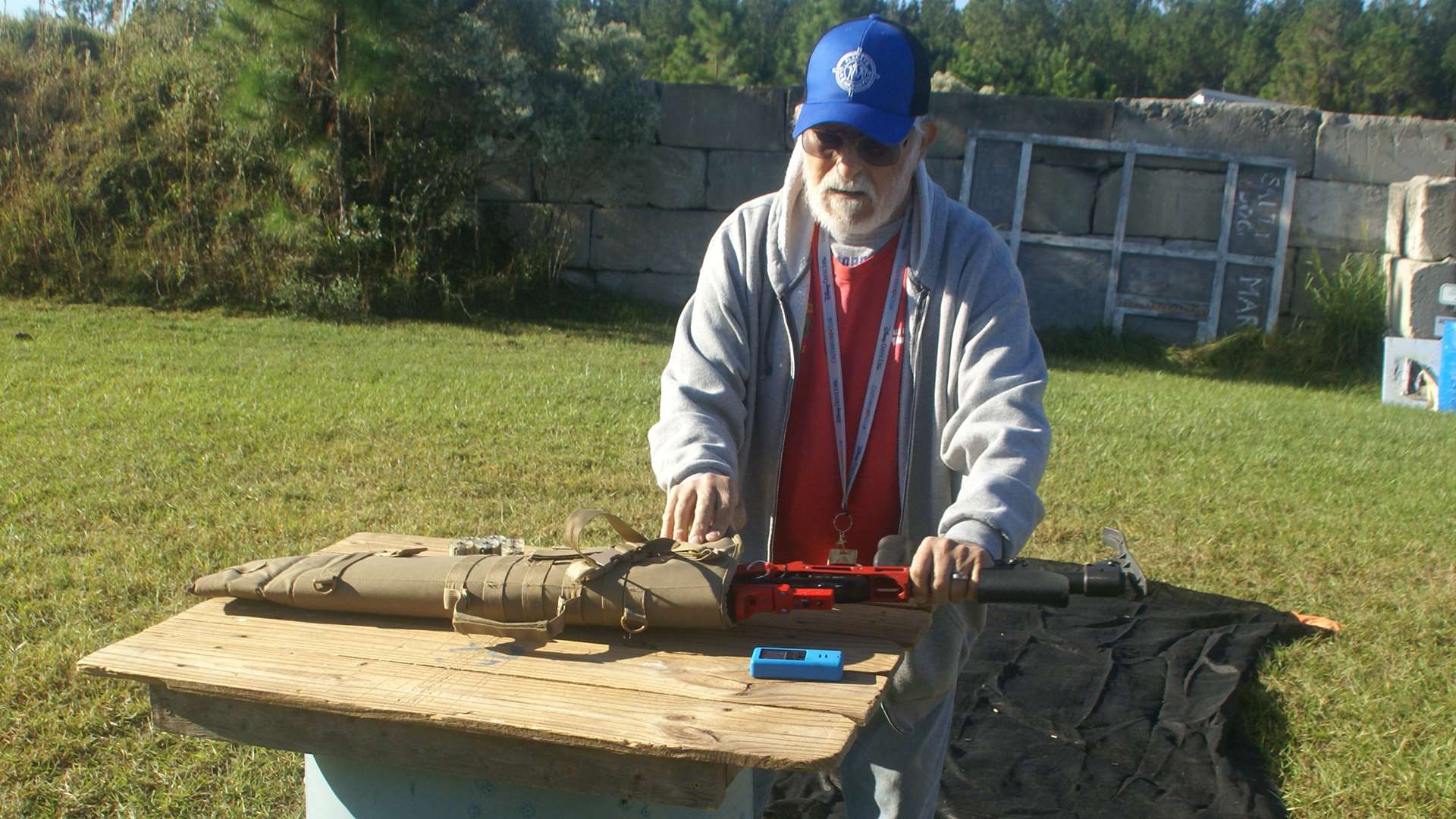
OPEN DIVISION
Any handgun chambered for 9 mm/.38 or larger caliber can shoot here. Compensators, ported barrels and optical sights with any mounting system are allowed. The key word there is “allowed” and not “required.” Any handgun meeting the caliber requirements can declare for Open division.
LIMITED DIVISION
Any iron sighted handgun (fiber-optic sights are allowed in all Steel Challenge divisions) chambered for 9 mm/.38 or larger caliber may compete here. This is the division in USPSA where single-action cocked and locked shooters compete. In IDPA, this is a match for Enhanced Service Pistol (ESP).
PRODUCTION DIVISION
The same caliber and iron sight rules apply here, but the operating action is required to be either single-action/double-action, double-action only or striker-fired. And the gun must be on the USPSA-approved Production list, but it’s a big list. This also fits IDPA Stock Service Pistol (SSP) division.
CARRY OPTICS
This division has the same gun requirements as Production division, but allows a slide-mounted reflex sight.
SINGLE-STACK DIVISION
A 1911-type single-action pistol with iron sights, and with a minimum caliber of 9 mm/.38 is required. This also fits IDPA’s ESP division.
PISTOL-CALIBER CARBINE
This division requires a carbine with a minimum caliber of 9 mm/.38. Short-barreled guns are allowed, as are compensators. Pistol-Caliber Carbine is divided into two divisions. Pistol-Caliber Carbine Optics (PCCO) allows optical sights, while Pistol-Caliber Carbine Iron (PCCI) requires iron sights.
REVOLVER DIVISION
Any revolver chambered for 9 mm/.38 minimum may compete. There are no cylinder capacity or barrel length restrictions. As with Pistol-Caliber Carbine there are two divisions. Optical Sight Revolver (OSR) allows an optical sight and compensator. Iron Sight Revolver (ISR) requires iron sights and compensators are not allowed. Any ICORE shooter will have a legal gun, as will IDPA and USPSA revolver shooters.
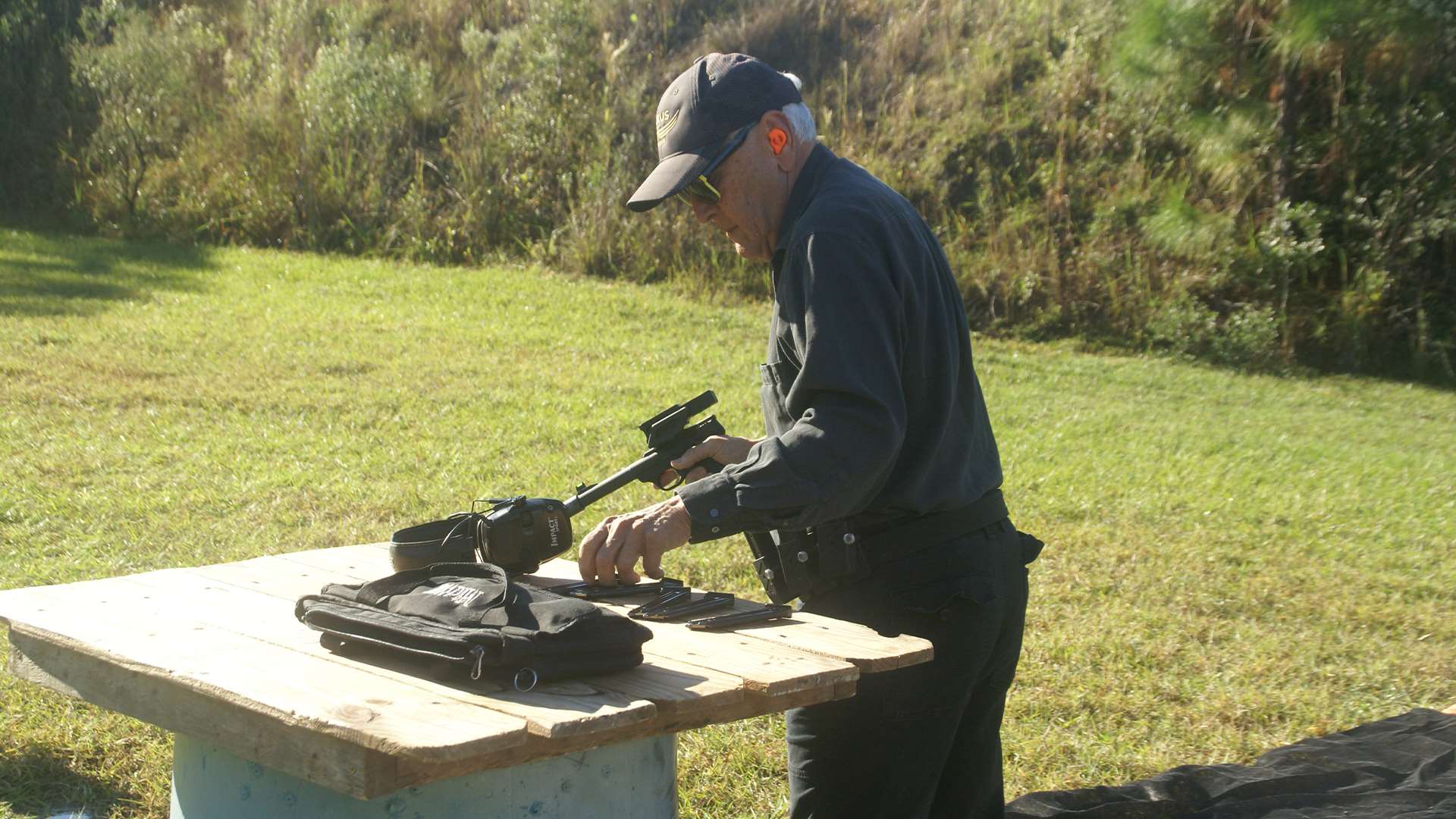
Each of the semi-automatic divisions has magazine capacity limits. But they are a non-factor in Steel Challenge since a shooter will engage only five plates per string, and there is a table right beside them where a shooter can lay out extra magazines and change magazines between strings.
Each of these divisions also has Power Factor (PF) requirements for shooters in USPSA, IDPA and ICORE. But shooters can ignore them in Steel Challenge because there is no Power Factor. The only rule covering velocity is that no load can exceed 1,600 f.p.s. to prevent plate damage. Additionally, there are some loads that are prohibited. Steel Challenge competitors may not use metal piercing, incendiary tracer, steel jacketed or steel core projectiles.
This allows handloaders to create some interesting “Mouse Puff” loads. But they don’t want to go overboard. In addition to having enough power to function a semi-automatic, it also needs enough velocity to get an immediate “bang-ting” instead of a “bang-pause-ting.” My experiments show that to get the “bang-ting” on 14- or 18-yard plates, I need a minimum of 720 f.p.s. I’ve shot ISR with a 125-grain bullet at 750 f.p.s. for a 93.7 PF, and have a 9 mm load for my Smith & Wesson M&P C.O.R.E. that throws a 115-grain bullet at 950 f.p.s. for a 109 PF. They’re fun.
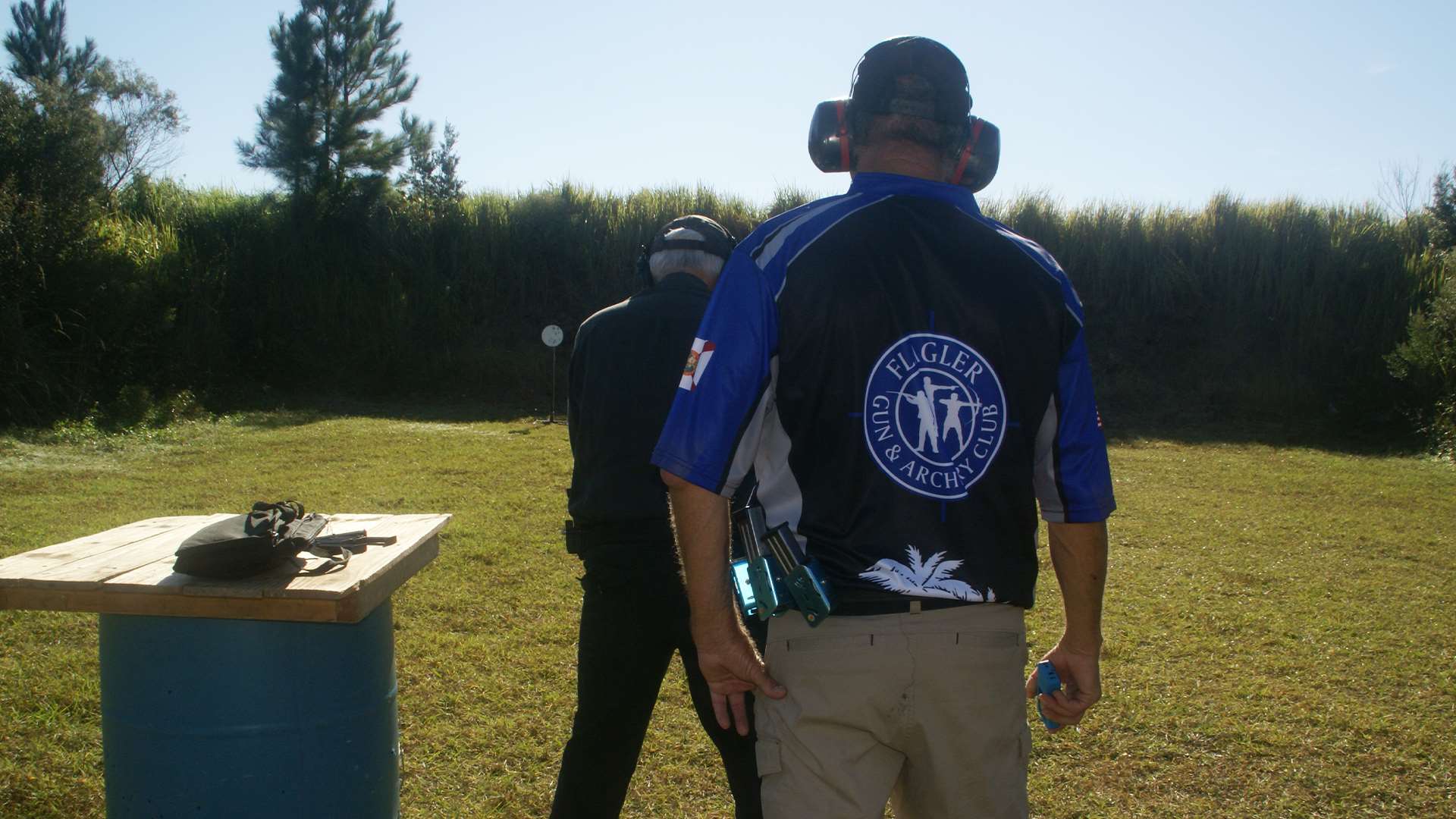
While the nine Steel Challenge centerfire gun divisions incorporate common competition firearms used in USPSA, IDPA and ICORE, there are four other divisions that don’t. And they open a new window in action shooting games.
RIMFIRE PISTOL
Any pistol, semi-automatic or revolver firing the .22 Long Rifle cartridge can compete. There is no ammo capacity rule. Rimfire Pistol is divided into two divisions: Rimfire Pistol Iron (RFPI) and Rimfire Pistol Optics (RFPO).
RFPI is just that—an iron-sighted .22 LR pistol. RFPO allows an optic sight. Compensators are allowed in both divisions, while suppressors are prohibited.
Semi-automatics are the most popular choice. And they don’t have to be overly expensive. My Ruger Mark IV got me to A Class in both divisions by simply installing the Picatinny rail and mounting a red dot for RFPO, or removing the optic and shooting the irons for RFRI. I’ve also seen some 10-shot .22 revolvers on the line, and the shooters looked like they were having a lot of fun.
RIMFIRE RIFLE
Of all the divisions I find this the most fun to shoot. It’s not much different than an “old timey” boardwalk shooting gallery. Get the gun up and whack the targets as fast as you can. With virtually no recoil and inexpensive ammunition, it’s perfect for new shooters.
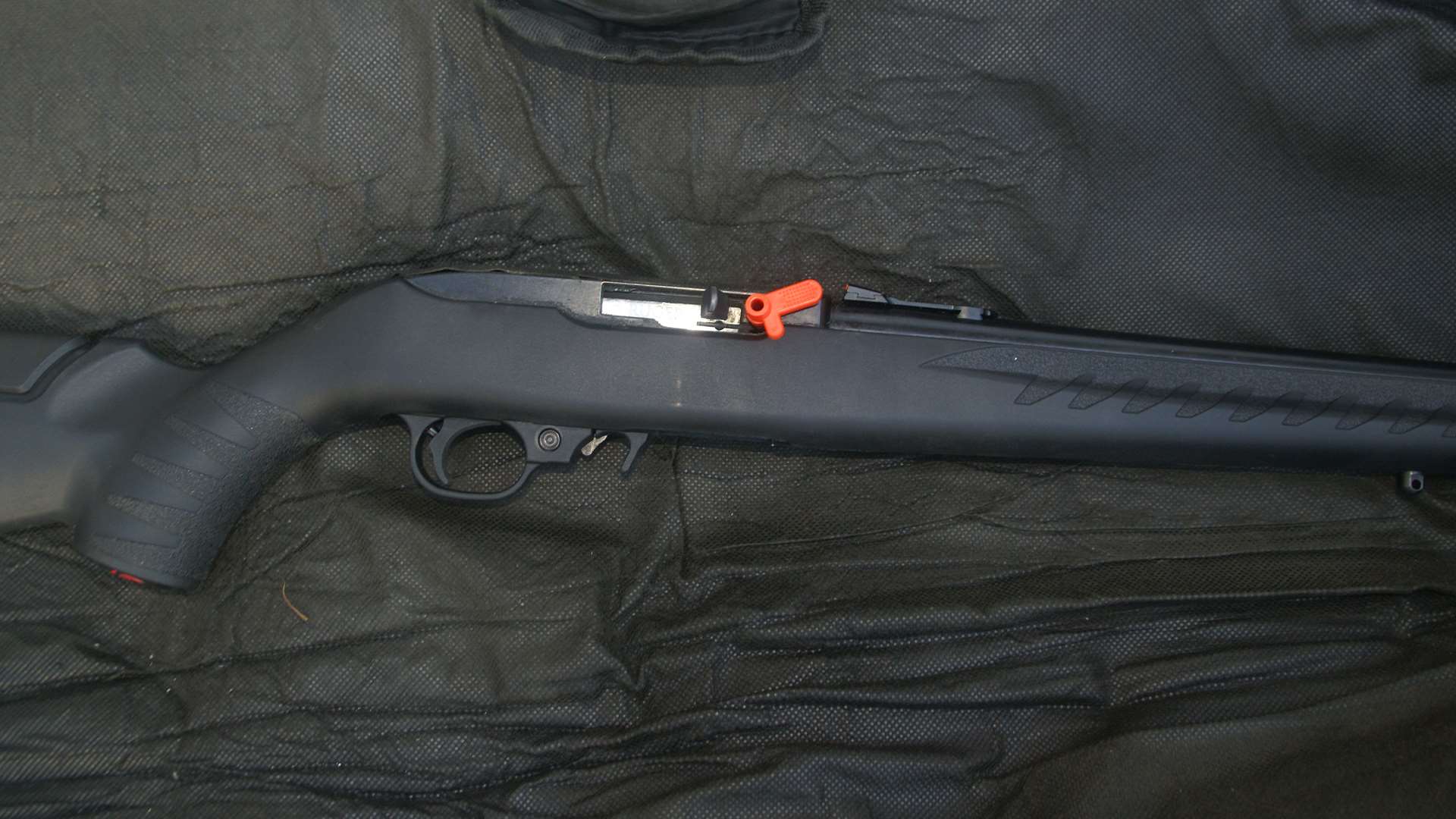
Any .22 LR rifle can compete, but for obvious reasons single-shots or bolt actions are a poor choice. So too is any rifle fed by a tubular magazine. Shooters will need to top off their magazine between strings. Accomplishing that with a tubular magazine requires bringing a hand to the muzzle, unscrewing the cap and pulling the tube up to clear the loading port. It’s almost impossible to do that without sweeping oneself. That’s a DQ. A detachable magazine-fed gun is the only real choice, and there is no magazine capacity limit.
They are divided into two divisions. Rimfire Rifle Iron (RFRI) requires iron sights and allows muzzle brakes or compensators. Rimfire Rifle Optics (RFRO) is the same gun but with an optical sight. Suppressors are prohibited in both. Some might think a comp is useless on a .22 rifle since there is no recoil and muzzle rise. But a comp or muzzle brake helps create enough muzzle noise for a timer to pick up if the shooter is using standard velocity ammo. Some timers can have problems with standard velocity loads from a rifle, and a compensator or muzzle brake fixes that. As with the pistol divisions, the shooter will need enough magazines to get through five strings.
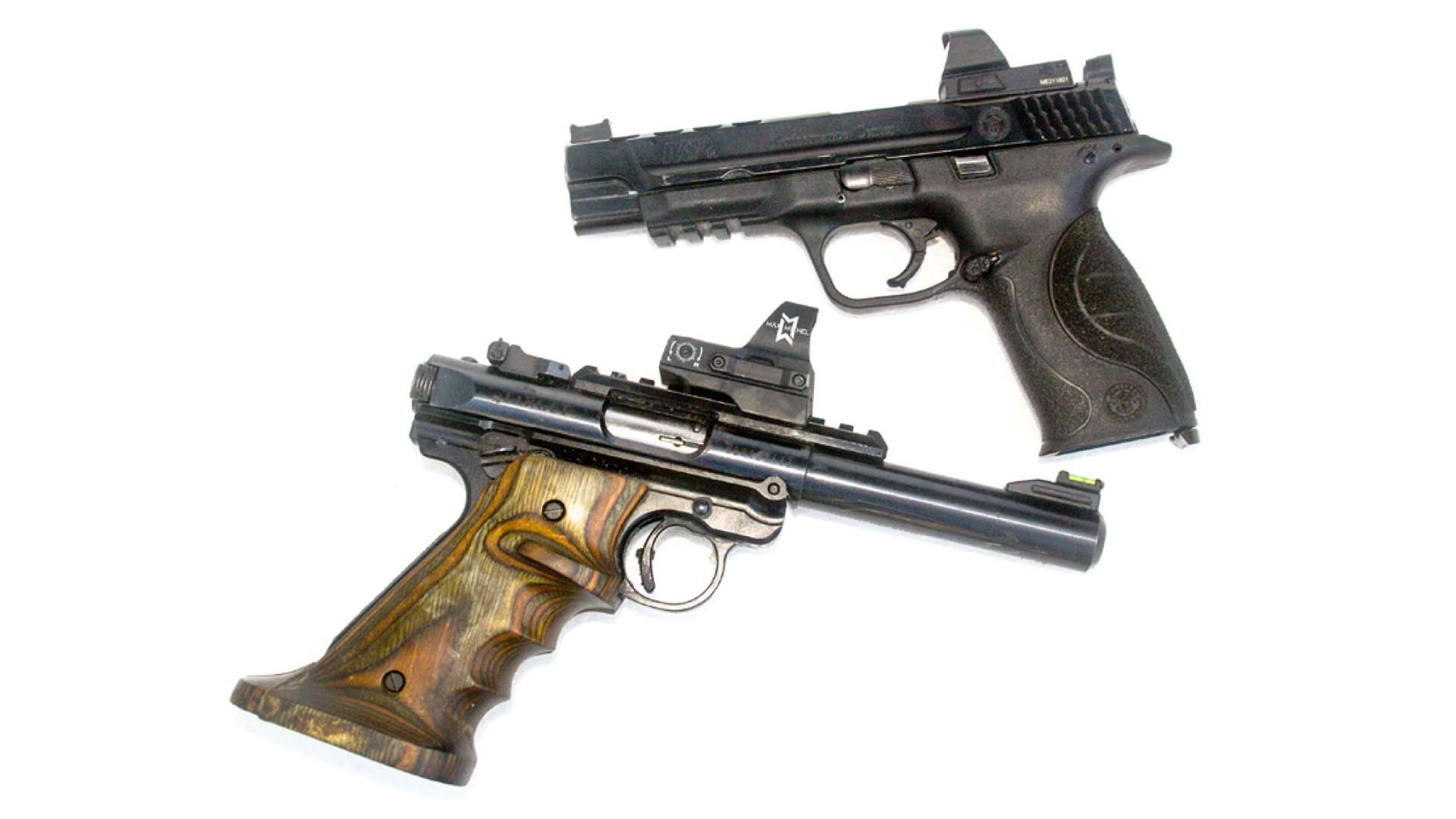
I shoot a Ruger 10/22 Takedown Lite in RFRO and a Ruger 10/22 Compact in RFRI and made A Class in both, although, like the rimfire pistol divisions, I could have put the supplied sight rail on the 10/22 Compact and shot both divisions with the same gun.
All handguns may be brought to the line in a bag, box or holstered. Long guns require a case or cart, and a chamber flag must be inserted.
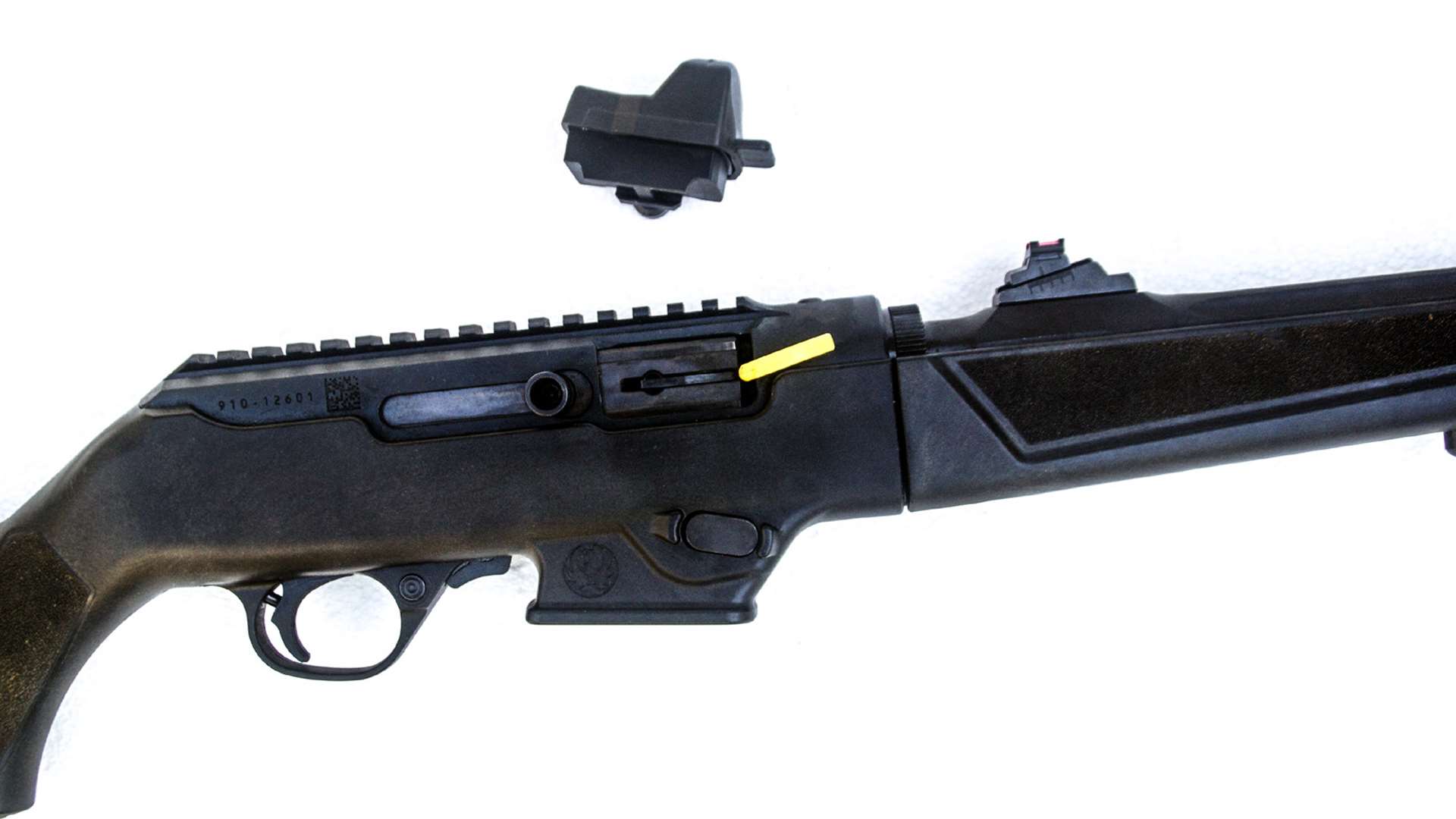
Although there are 13 different divisions, a shooter doesn’t need 13 different guns. The Smith & Wesson M&P C.O.R.E. that I use in USPSA and IDPA handled Open and Carry Optics with its reflex sight. Removing the sight handled Limited and Production. My Ruger PCC handled both PCC divisions by switching between irons and optics. The Ruger GP 100 revolver I shoot in ICORE took care of ISR, and if I ever get around to drilling and tapping it to mount a Picatinny rail I’ll get to OSR. The four rimfire divisions took three guns, and could have been done with just two. That’s 11 classified divisions with just six guns.
Gearing up for Steel Challenge isn’t too difficult.













